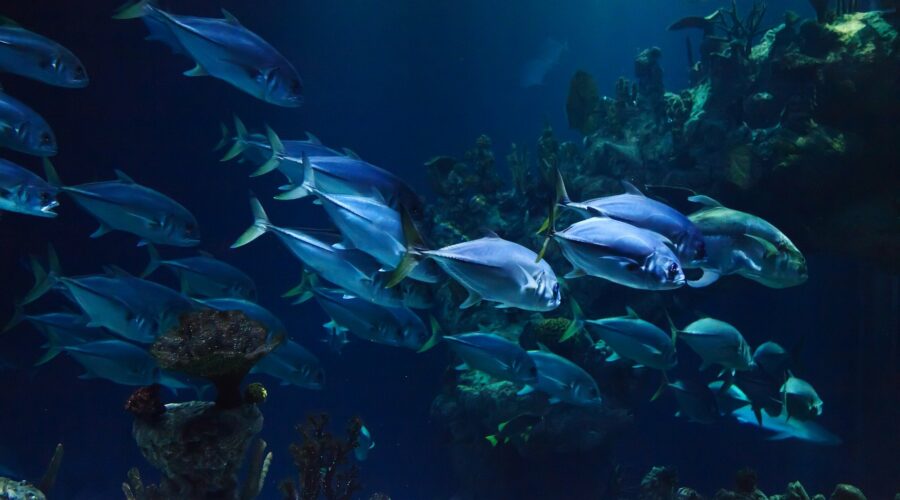IMDEA Networks

SYMBIOSIS: New boost for underwater sustainability
Ocean Decade (UNESCO) echoes the achievements of this European-funded project
11 June 2021

The SYMBIOSIS project has received further recognition through a publication on the prestigious Ocean Decade website, aligned with UNESCO’s United Nations Decade of Ocean Science for Sustainable Development (2021-2030).
The article ‘The innovative subsea device that monitors fish stocks’, submitted by the University of Haifa, reviews the achievements of this European-funded project (from November 2017 to December 2020) whose principal investigators from IMDEA Networks were Antonio Fernández Anta and Paolo Casari. The SYMBIOSIS project is an innovation action funded under Horizon 2020’s ‘BlueGrowth’ program, the European Union’s long-term strategy to support the sustainable growth of the marine and maritime sectors as a whole.
The project is an outstanding contribution to the health of the oceans and thus the planet, and its potential is highlighted by Roee Diamant, project coordinator from the University of Haifa: “SYMBIOSIS provides up-to-date information about the most important fish stocks, enabling authorities to make decisions and legislate on this basis, such as in the case of imposing fishing bans. Our innovation could serve as an ecological research tool, for example, for the study of fish behavior”
Against this background, PhD student Elizaveta Dubrovinskaya successfully presented her thesis ‘Algorithms for propagation-aware underwater ranging and localization‘ on 9 June, in which she contributed her experience in the development of this EU-funded project.
As the researcher points out: “In this thesis, we investigate and tackle different challenges related to underwater ranging and localization. In particular, we focus on algorithms that consider underwater acoustic channel properties. This group of algorithms employs additional information about the environment and its impact on acoustic signal propagation, in order to improve the accuracy of location estimates, to achieve a reduced complexity, and size down the localization infrastructure (e.g., the number of deployed anchor nodes) compared to traditional algorithms.


Recent Comments